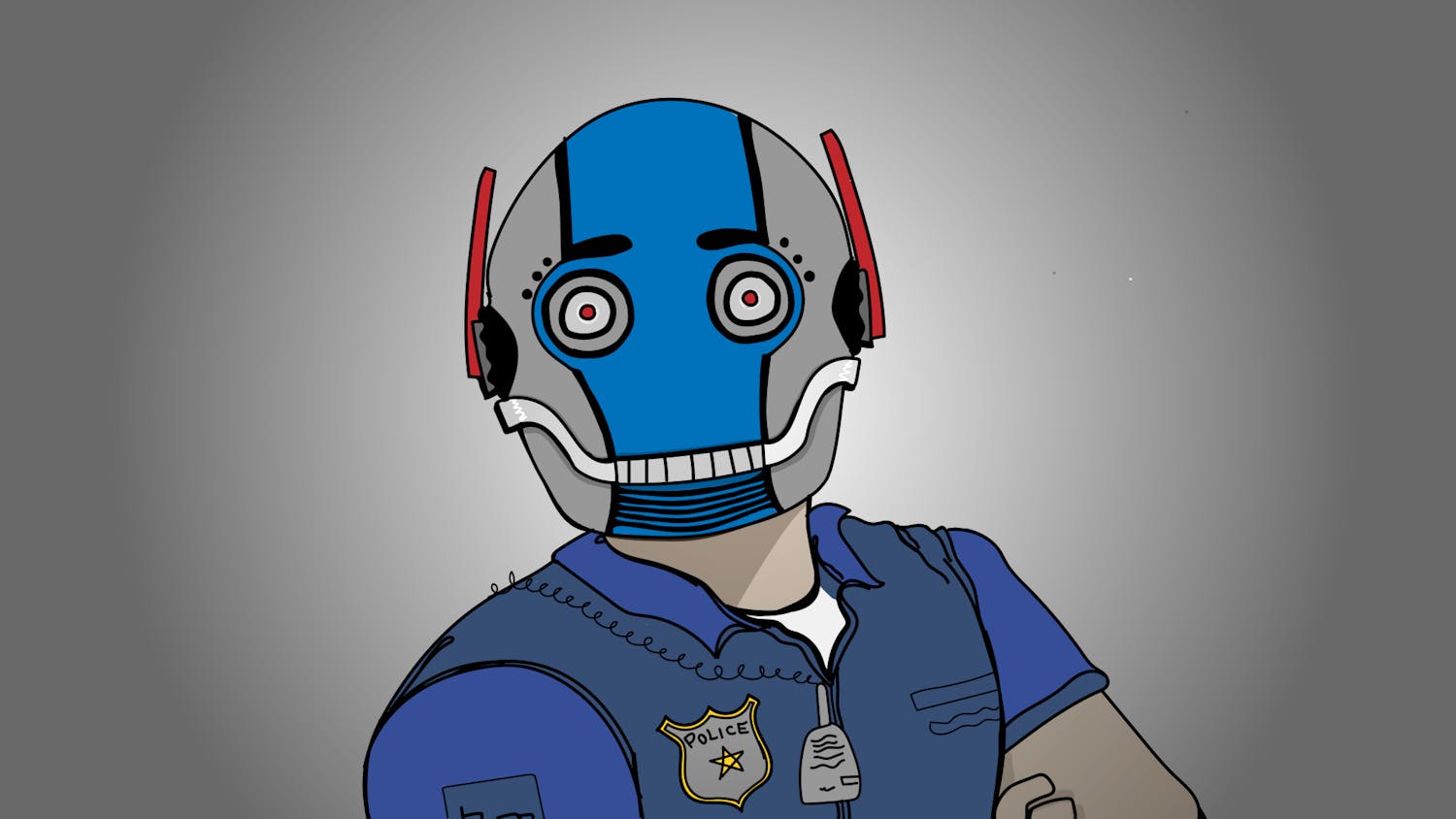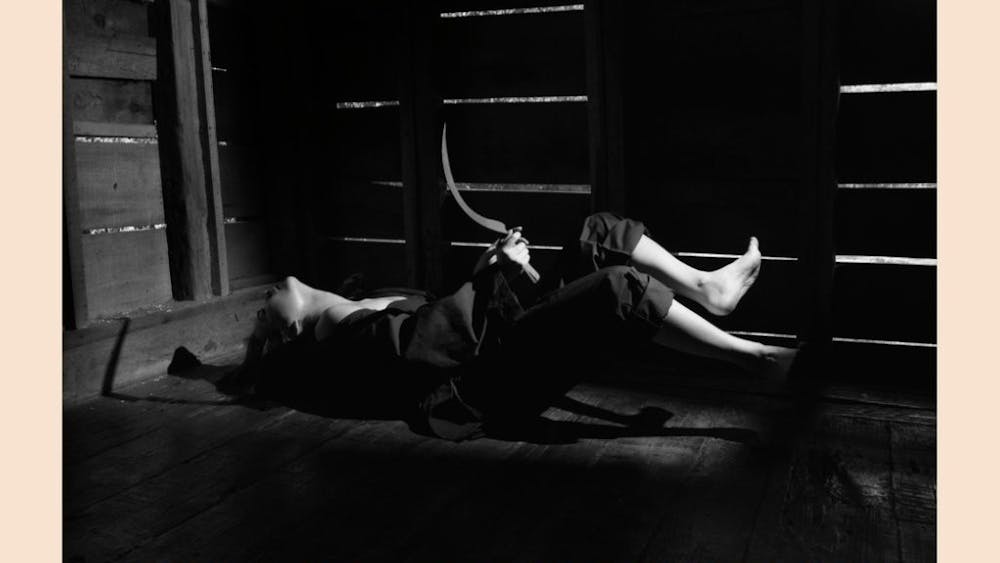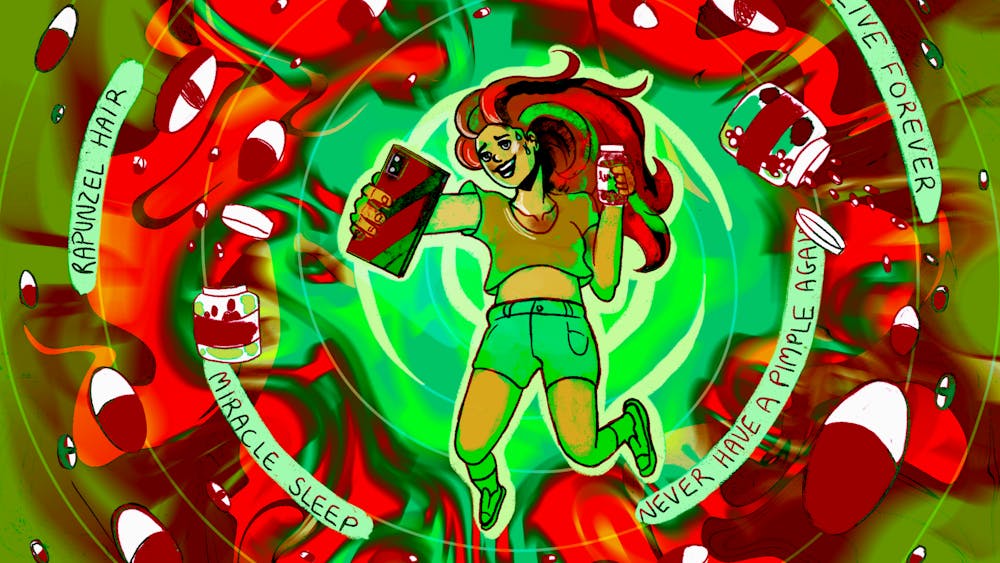Far from being the only institution with president issues, IU appears to be part of a larger national trend -- a "crisis of confidence" in university leadership, with presidents coming under fire from dissatisfied faculty, governing boards, regents, state lawmakers and other major players in the politics of higher education. \nJune 23, in an effort to understand what might be behind this pattern, the Chronicle of Higher Education published an interview with three experts in university leadership. And, while the panel expressed some skepticism regarding the possibility that these presidential challenges might fit a pattern -- something that I must respectfully disagree with -- it did propose some compelling arguments for why presidents might be finding themselves in trouble.\nFirst, as universities have become increasingly complex, presidents have had to go from honorary figureheads -- "first-among-equals" with the faculty -- to being full-time bureaucratic management. And if there's one thing that clashes with the notoriously individualistic, even eccentric, character of faculty, it's being managed. Another suggestion is that university presidents are caught in a "catch-22" regarding the dual demands of active fund-raising and active governance. On the one hand, presidents must trek across the state, the country and the world, chatting up increasingly far-flung alumni and other potential donors. On the other, they have to be deeply involved in campus affairs, which means staying at home and attending various university functions.\nTo these, I'm adding a third: It's my suspicion that a major factor in presidential turnover has been a seeming preference among university hiring bodies for external candidates. Looking at the Chronicle's June 23 list of "Presidents Under Fire In 2006," of the 10 presidents named, only two had spent time as faculty members at the same institution where they became president. And of those two, one (Priscilla Slade of Texas Southern University) spent only a year as a faculty member before being promoted to a deanship. Two presidents who have resigned early due to faculty challenges since the list's publication, Manny Aragon of New Mexico Highlands University and Karl Burgher of the University of Maine, Presque Isle, were also external hires (Chronicle of Higher Education, July 21). And, of course, our own Adam Herbert came from the University of North Florida.\nHere's my guess for what's happening: The hiring body (say, the trustees) decide they need an external candidate to "shake things up." But with no strong ties to university groups, no contacts, no personal relationships, the president finds him- or herself with no strong political backing, no base from which to do any actual shaking. Result: Either the president tries to enact change and finds that he or she is alone in confronting some powerful university group, which then pushes the president out, or he or she avoids treading on anyone's toes and is fired for being ineffectual. \nThus, as they search for Herbert's successor, I suggest that the committee keep this in mind: Herman Wells was here at IU as an undergraduate, graduate student, faculty member and dean before serving 25 years as president.
Exiting executives
Get stories like this in your inbox
Subscribe





